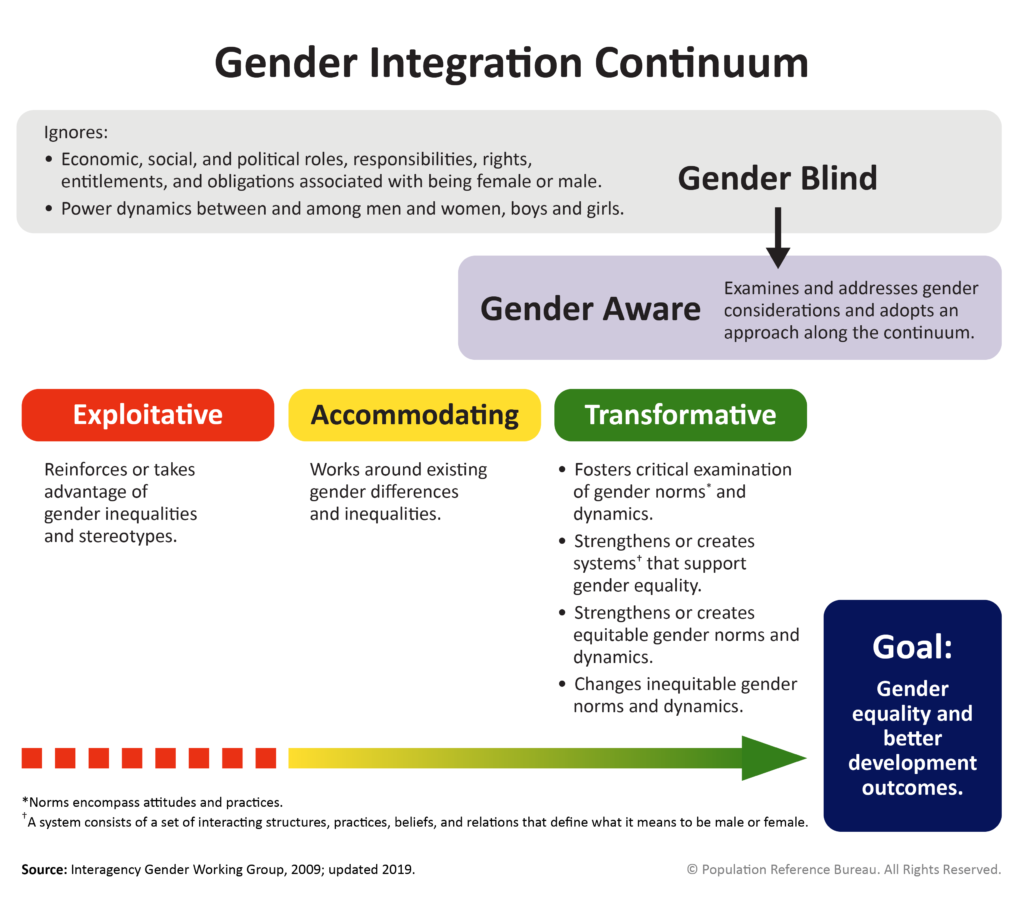School Health Teachers’ Gender-Sensitive Sexual Health Education Experiences in South Korea
Sexual health education is mandatory in South Korea. However, gender equality, and the rights of sexuality and gender-diverse people are contentious issues in Korean society. This study describes school health teachers’ experiences delivering sexual health education especially in relation to gender equality and the rights of sexuality and gender minorities.


